The 11 worst box office bombs of all time
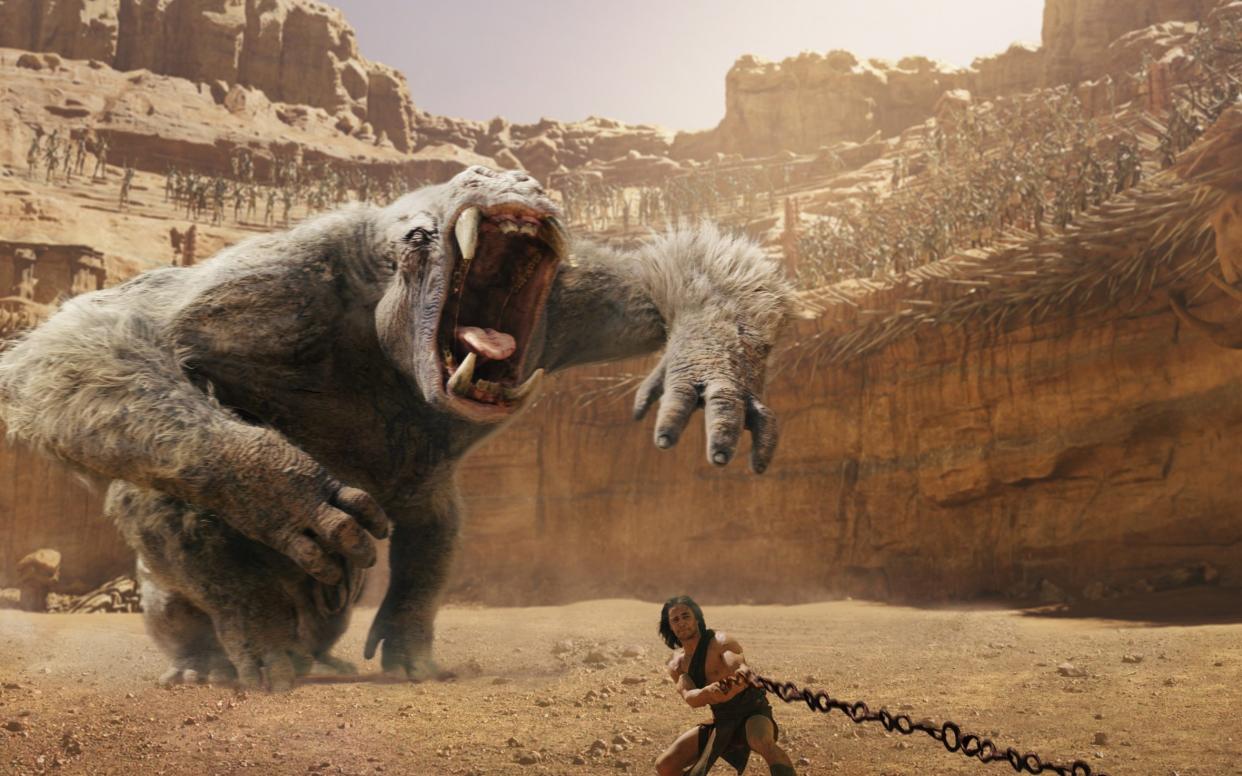
Although it’s never pleasant for those involved in a highly anticipated and often expensive film to see it fail commercially, there is often a feeling of schadenfreude in watching a dismal, empty piece of blockbuster cinema being discovered for the con it is and being roundly rejected by audiences. It has happened on several occasions so far this year, with the irrelevant superhero film The Flash, the pointless fifth instalment in the Indiana Jones series and the dismal Disney trudge The Haunted Mansion. And it looks more likely than not that the not-at-all anticipated Aquaman sequel, Aquaman and the Lost Kingdom, will be similarly unsuccessful.
It is a given that, when a film costs a vast amount of money, it needs to make a considerably larger amount purely to break even, because of the costs of advertising, promotion and actors’ carefully negotiated profit-sharing deals. This summer’s Fast and Furious sequel Fast X may have grossed over $700 million at the box office, but as it cost – unbelievably – $349 million to make, it will have a long path towards profit for its studio, perhaps meaning that the likeable star of both that film and Aquaman 2, Jason Momoa, may be tainted by having appeared in two underperforming films in the same year.
To show what prestigious company he’s in, here are 11 of the biggest and most notorious box office flops of all time:
1. Cleopatra (1963)
Sixty years on from its release, defenders of Joseph L Mankiewicz’s epic film will point out that it eventually made money, and exists on a scale that, in this CGI-reliant age, is simply unimaginable today; they may also suggest that the brouhaha behind the relationship of its stars Elizabeth Taylor and Richard Burton brought audiences out in their millions. However, the unspeakable chaos of its production, which lasted for years and involved actors and directors being replaced or fired, led to its costing a staggering $42 million, a sum that can be multiplied by ten in contemporary money to give an idea of how extravagantly wasteful it ended up being.
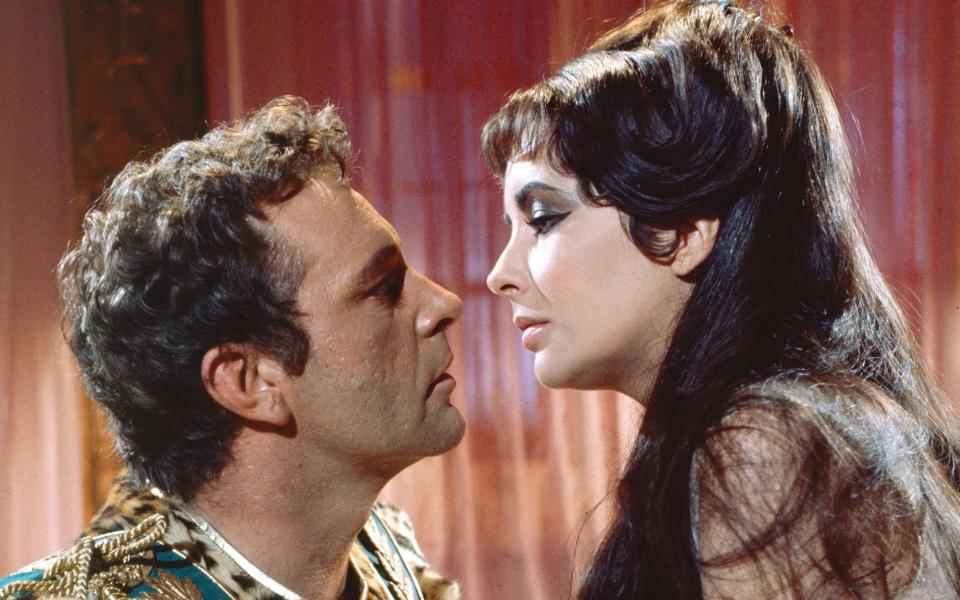
It lost $3 million on its original release, despite being the highest-grossing picture of the year, and only crept into profit eventually through the sheer number of re-releases that its increasingly desperate studio 20th Century Fox gave it, in an attempt to turn the balance sheet from red into black. It remains impressive to watch on a purely visual level, but is desperately overlong and unfocused. By the end, you are willing the Queen of Egypt to poison her with the asp so the ordeal can be over.
2. Heaven’s Gate (1980)
No such clemency was available for Michael Cimino’s notorious flop western, which was initially released in a near-four hour version at the end of 1980 to critical and commercial disdain. Cimino’s previous film The Deer Hunter had been a massive hit, leading him to exercise complete control over his ultraviolent account of the battle between warring factions in 1890s Wyoming. Unfortunately for him and United Artists, who bankrolled the film, this led to the budget expanding from a manageable $11 million to a staggering $44 million, with the director’s excesses including rebuilding entire sets because “it didn’t look right” and acquiring the nickname “the Ayatollah” on set for his demanding and controlling attitude.
Rumours that it would be a rare disaster were fulfilled on its release, with the influential New York Times critic Vincent Canby writing: “it fails so completely that you might suspect Mr. Cimino sold his soul to the devil to obtain the success of The Deer Hunter and the Devil has just come around to collect.” It was hastily edited down into an incomprehensible 149 minute cut, which flopped commercially. Although there are some who argue that the extended version remains a masterpiece, Heaven’s Gate ended Cimino’s mainstream career and is still a byword for Hollywood excess.
3. Revolution (1985)
Hugh Hudson was, by all accounts, a rather less dictatorial presence than Cimino, but the notorious failure of his own film about American history closely mirrored the failure of Heaven’s Gate a few years before. Hudson was coming off the Oscar-winning success of Chariots of Fire and the Tarzan picture Greystoke, and was regarded as a firmly bankable director for what should have been an award-winning epic about a fur trapper becoming involved in the American War of Independence.
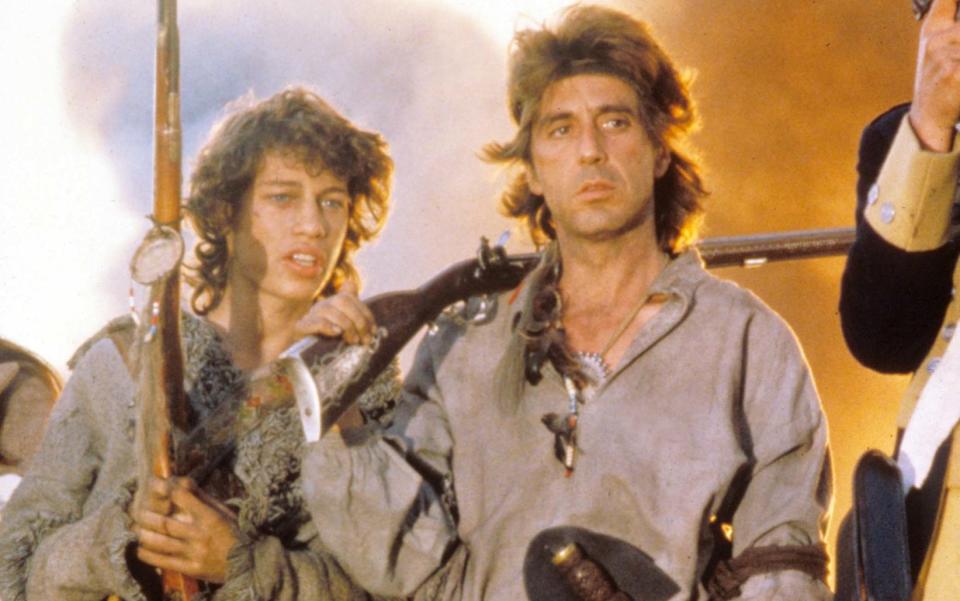
Unfortunately, Hudson was beset by difficulties from the outset, not least the wild disparity between the acting style of its lead Al Pacino and many of the British character actors who appeared in supporting roles (including Richard O’Brien, Dexter Fletcher and Steven Berkoff) and the decision by its panicking production company Goldcrest Films to rush-release the picture at the end of 1985, after a hurried editing process. The critic Pauline Kael wrote that “This is a certifiably loony picture; it’s so bad it puts you in a state of shock”, and audiences agreed. It earnt a mere $350,000 upon its release in the United States, and led to Goldcrest eventually having to be sold off. A director’s cut was eventually released to polite reappraisal in 2012, but it still remains one of the biggest flops ever made in Britain.
4. The Adventures of Baron Munchausen (1988)
The director Terry Gilliam is one of cinema’s rare visionaries, but he would be the first to admit that this often leads to tensions between him and the studios. While many of his pictures have ended up being profitable, one of his wildest and most personal pictures, the fantasy picture The Adventures of Baron Munchausen, ended up being an enormous flop, making a mere $8 million on a budget rumoured to be well in excess of $40 million.
Gilliam’s no-holds-barred style of filmmaking was subsequently criticised by its cast including Eric Idle, who called its production “f______ madness”. The-then child star Sarah Polley has frequently criticised the “magical and brilliant” Gilliam for creating a literally unsafe filming environment where she was often submerged in cold water or surrounded by explosions going off next to her.
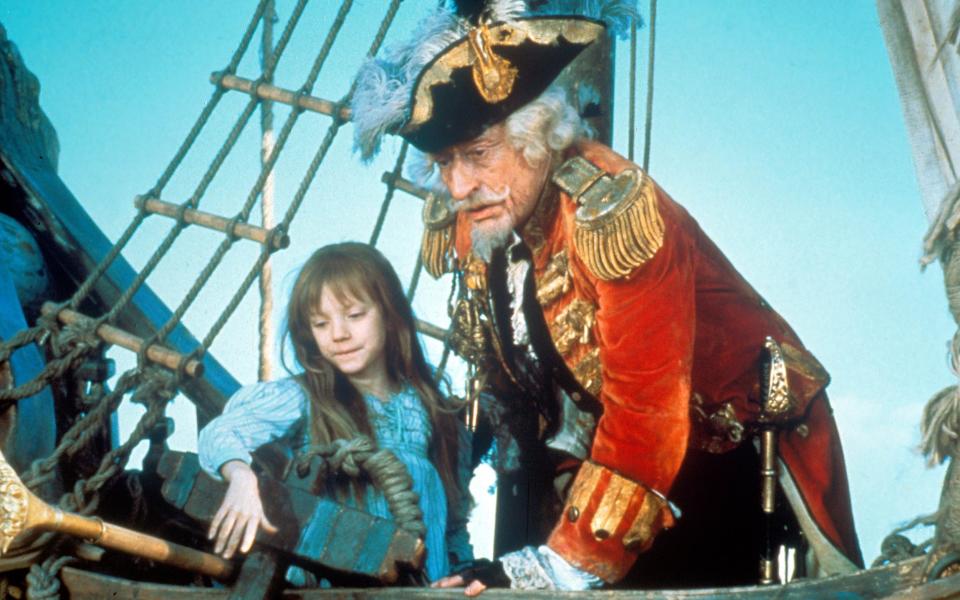
Yet she still supports the film, and – unlike many of the others on this list – it remains a flawed but fascinating exercise in untrammelled imagination, in which characters do everything from fly to the moon in a hot air balloon made of women’s underwear to dance in the air with Venus, much to the wrath of her husband Vulcan. No wonder Gilliam said of it that “it becomes this kind of legend – which it deserves to be... even if it’s the wrong legend.”
5. Cutthroat Island (1995)
Some films should never have been made, and the dismal Geena Davis-Matthew Modine pirate adventure Cutthroat Island is undeniably one of them. It went into production with an impoverished studio, Carolco, desperately keeping itself in business by selling the overseas rights to the film, but without a finished script or a lead actor. Michael Douglas, dissatisfied that Davis – then married to the film’s director Renny Harlin – was given the more interesting role, had quit. It proved a wise decision, given that the remaining actors had to endure ignominious treatment, such as swimming in raw sewage in a water tank when the pipes broke, and, in the case of Davis, enduring countless injuries as stunts went wrong on set.
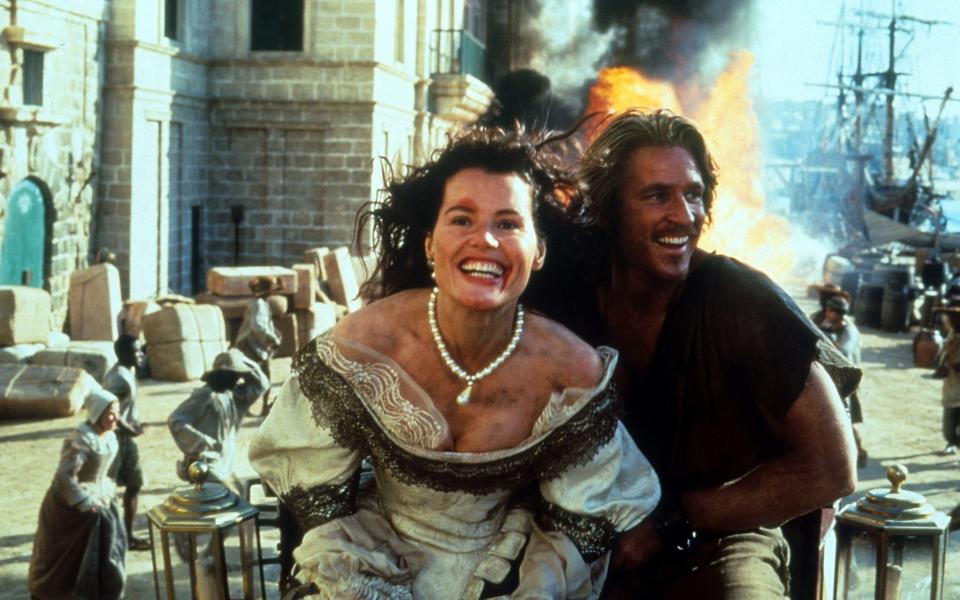
The picture was critically savaged, a huge commercial flop – earning a mere $10 million on a budget of nearly $100 million – and finished off Carolco, Harlin and Davis’s marriage and the pirate film until the genre’s triumphant return in 2003 with Pirates of the Caribbean. An unfortunate piece of collateral damage was that the far superior Davis-Harlin collaboration The Long Kiss Goodnight also flopped, indicating that audiences were still wary of the less than dynamic duo’s work together.
6. The Postman (1997)
There was a general sense in the film industry that Kevin Costner was owed a flop, due to perceptions of arrogance and chaos that had originated with Robin Hood: Prince of Thieves (from which its original director Kevin Reynolds was fired) and that then escalated with the water-borne action picture Waterworld (from which Reynolds, who had reconciled with Costner, was again fired). His second film as a director, the post-apocalyptic epic The Postman, spectacularly failed to recapture the success of his debut Dances with Wolves, being a slow-paced and often risible excess in self-indulgence that saw its screenwriter Brian Helgeland manage the unique double of ‘winning’ a Golden Raspberry for its portentous and leaden script in the same year that he won an Oscar for his work on L.A Confidential.
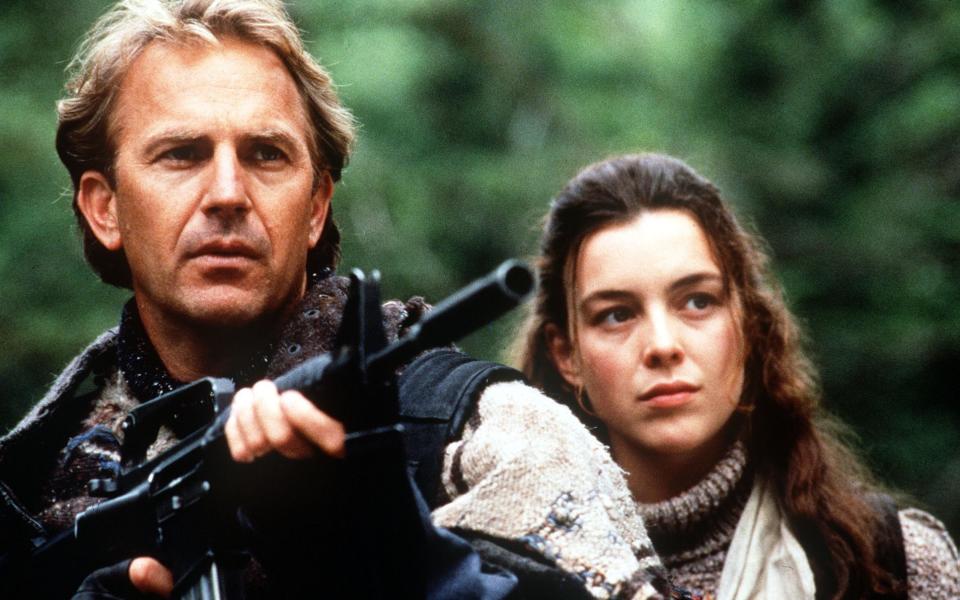
The film made a mere $20 million against a budget of $80 million, and although Costner subsequently called it “a really good movie”, it would not be until the considerably more successful western Open Range in 2003, which Costner also directed, that he would begin to find redemption for his hubris.
7. Battlefield Earth (2000)
At the beginning of the millennium, John Travolta was one of the biggest movie stars on the planet. If you want to discover the reason why he no longer is, there is a simple explanation: Battlefield Earth. The unbelievably bad, amateurishly made picture, based on an incomprehensible novel by Scientology founder L. Ron Hubbard, featured Travolta with a ridiculous wig and make-up playing a villainous alien called Terl, who has enslaved earth along with his fellow Psychlos, only for the remaining earthlings to attempt to rise up against their overlords.
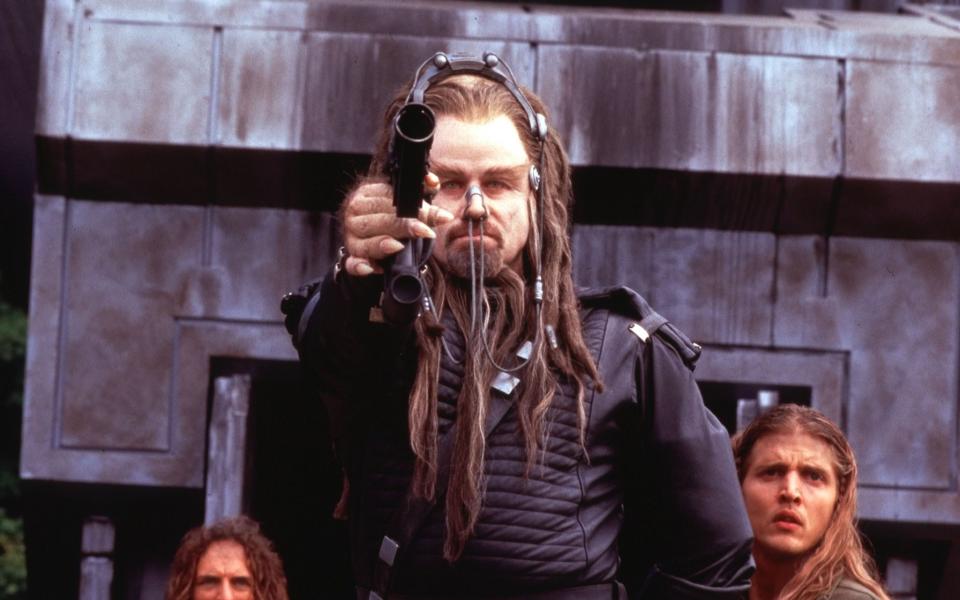
Scientology has always been a controversial topic in Hollywood, and Travolta’s desire to honour Hubbard by filming his work led to one major producer asking “Do you think in any way, shape, or form that weirding me out is going to make me want to make this movie?” While its dismal reception upon release, both critically and commercially, was shrugged off by some involved in the production as an anti-Scientology backlash that ignored the film itself, its sheer baffling ineptitude makes it unwatchable for all but the most masochistic. Travolta threatened a sequel, as the film only represents the first half of Hubbard’s book; thankfully, none has ever appeared.
8. Town & Country (2001)
Most of the films on this list are big-budget epics where you can see where the money went, even if it’s fairly inexplicable as to why it was spent that way. In the case of Peter Chelsom’s romantic comedy Town & Country, it’s utterly baffling as to how a relatively modest sex farce, starring Warren Beatty and Diane Keaton, managed to run to a budget of well over $100 million, until you realise that Beatty, rather than Chelsom, was the figure calling the shots on set.
While this degree of control worked well on his earlier pictures such as Reds and Shampoo, Beatty’s dictatorial presence, which included asking for endless takes and for new screenwriters to be brought in to punch up the script, ended up choking the life out of what should have been a low-key comedy. Production lasted for over two years, but then the editing process rendered much of the story incoherent, meaning that the picture made a mere $10 million on release and meant that Beatty did not return to cinema for 15 years, when his Howard Hughes comedy Rules Don’t Apply – another box office failure – came out.
9. Mars Needs Moms (2011)
There is a steady litany of big-budget animated films coming out and bombing entirely, often because their target audience – families – has no interest in seeing them whatsoever, and nobody else would bother with them. Other megaflops include the likes of Final Fantasy: the Spirits Within and Titan A.E, but the bizarre Disney failure Mars Needs Moms represented a nadir for the photorealistic technique of CGI animation that its producer Robert Zemeckis had introduced with such films as The Polar Express and Beowulf.
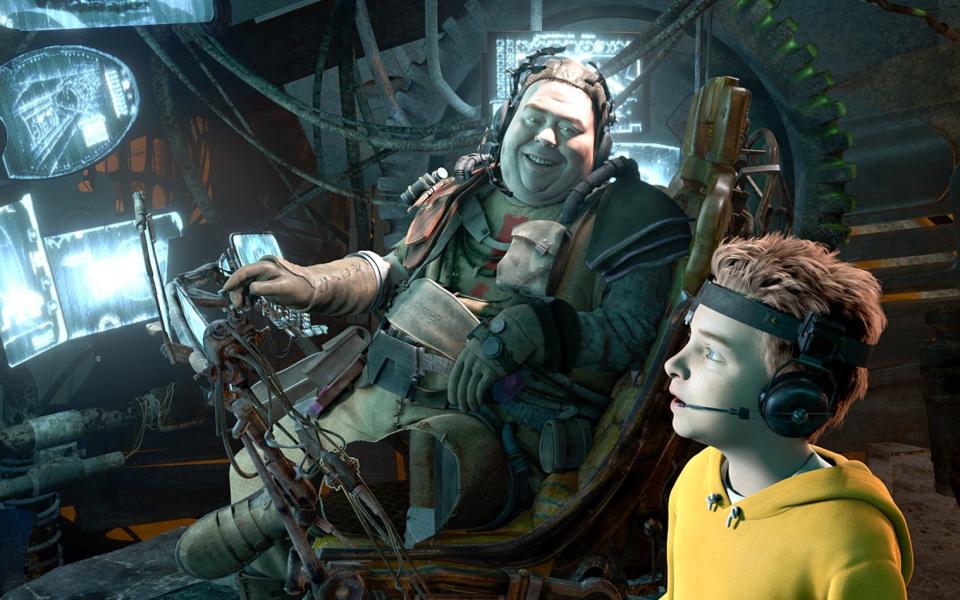
While those had both been reasonably successful, Mars Needs Moms was much criticised on release for its incongruous and unsettling character animation, which made its relatively simple storyline, about a small boy trying to rescue his mother after she is abducted by Martians, seem far more disturbing and less family-friendly than it should have been. As a result it its lost a vast amount of money. Although Zemeckis did not direct the film, he was much criticised for his involvement, and so, chastened, returned to live action the following year with the far superior Flight.
10. John Carter (2012)
While many would argue that the megaflop The Lone Ranger deserves a place on this list – not least because it stars the two most cancelled men in Hollywood, Armie Hammer and Johnny Depp – it’s actually an enjoyable enough adventure with a jaw-droppingly brilliant climatic train chase that makes the one in Mission Impossible: Dead Reckoning seem tame. No such clemency, alas, can be extended towards the confused and confusing John Carter, a failed attempt by Disney to launch their hugely talented Pixar director Andrew Stanton as a live action filmmaker.
Not only was the film, an adaptation of an Edgar Rice Burroughs novel, tonally confused and far too dark for its target audience, but its strange marketing campaign (which seemed to sell the picture as an arthouse sci-fi blockbuster, complete with Peter Gabriel covering Arcade Fire) and general confusion as to what the film was about (the words ‘of Mars’ were dropped from its title because of a belief that pictures about Mars and Martians always flopped, which proved accurate). It lost hundreds of millions of dollars for Disney and is now regarded as one of the most baffling wastes of money in Hollywood history.
11. A Wrinkle in Time (2018)
After the success of her Martin Luther King biopic Selma – and criticism that she did not become the first African-American female director to be nominated for Best Director – Ava DuVernay was offered the chance to direct the big-budget adaptation of Madeleine L’Engle’s classic children’s novel, about a girl setting off to find her missing father with the aid of three companions. It was perhaps unfortunate that the film starred Oprah Winfrey, not because Winfrey was unable to cope with the dramatic demands of the part of the ancient astral being Mrs Which, but because the film became highly politicised as a result
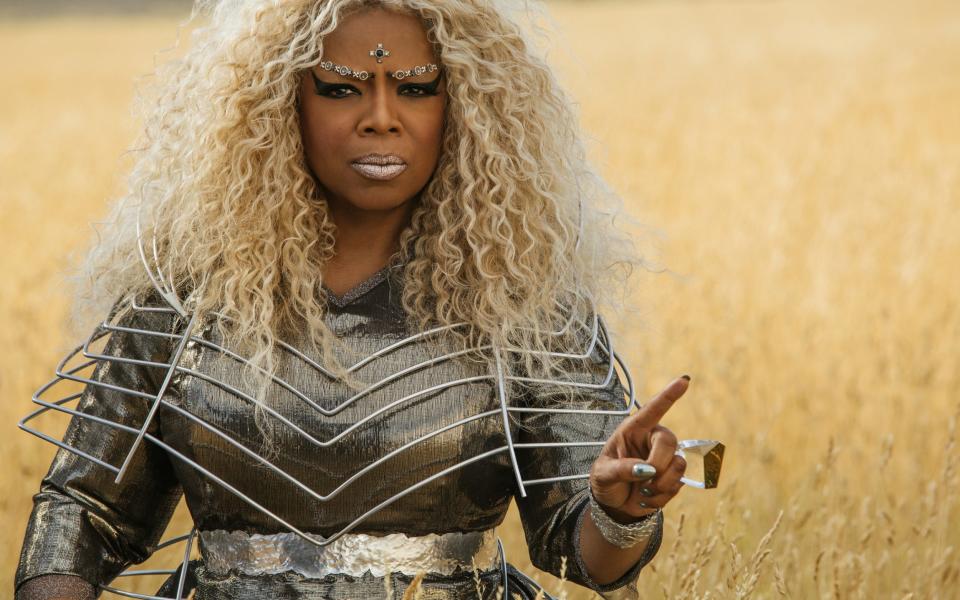
Winfrey said of the casting of Storm Reid in the lead role that “So I do imagine, to be a brown-skinned girl of any race throughout the world, looking up on that screen and seeing Storm, I think that is a capital A, capital W, E, some, AWESOME, experience”. She also suggested that it would be the first family blockbuster aimed predominantly at an African-American audience. Unfortunately, the final film, a poorly executed and unengaging version of a much-beloved book, did not remotely live up to the considerable expectations placed upon it, and was consequently regretfully savaged by critics and lost its studio Walt Disney a fortune.
